AI News
Best AI Tools 2025: Your Complete Guide to Top Platforms
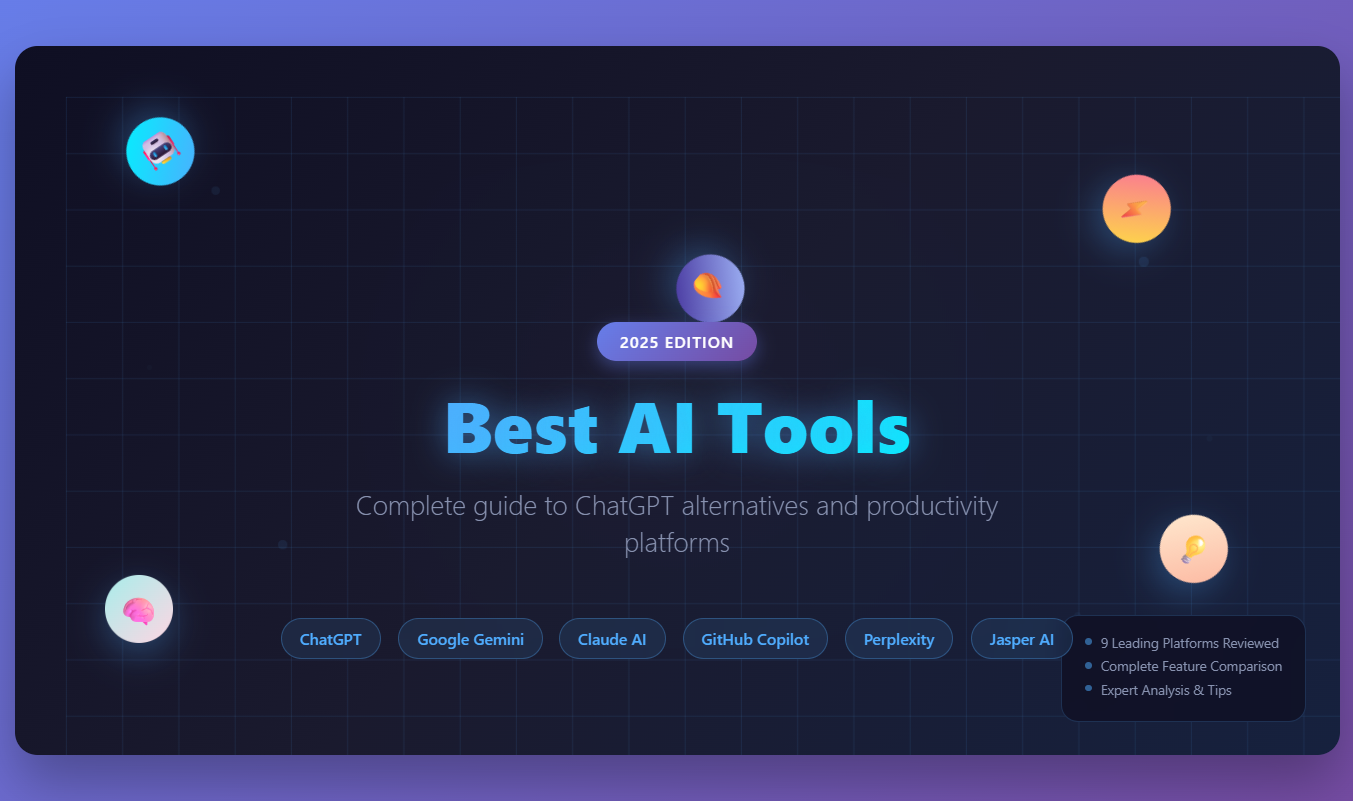
Find the best AI tools for 2025. We’ll compare different options like ChatGPT alternatives, coding helpers, and work apps to help you pick the right one.
AI is everywhere now. In 2025, these smart tools help you get more done, make work easier, and keep up with everyone else. But there are so many choices – how do you pick?
If you feel confused by all the AI tools out there, don’t worry. You’re not the only one. Here’s the good news: you don’t need to learn every single tool. You just need to know which ones are best for what you want to do and how they can make your daily work better.
Why AI Tools Matter More Than Ever in 2025
You’re living in the intelligence age whether you realize it or not. AI tools now handle everything from writing emails to generating complex code, and they’re getting smarter every day. The question isn’t whether you should use AI—it’s which tools will give you the biggest advantage.
The landscape has shifted dramatically since 2023. We’ve moved beyond basic chatbots to sophisticated platforms that understand context, maintain brand voice, and integrate seamlessly with existing workflows. Today’s AI tools don’t just automate tasks—they enhance human creativity and decision-making.
Smart businesses and individuals aren’t just adopting any AI tool. They’re choosing platforms that offer genuine personalization, seamless integration, and real-world results. The most successful users treat AI as a strategic advantage, not just a fancy replacement for Google search.
Consider this: companies using AI tools strategically report 20-30% productivity gains across various departments. That’s not hype—that’s measurable impact on bottom-line results. The early adopters are already pulling ahead, and the gap is widening.
The Current AI Tools Landscape: What’s Changed
The AI tools market in 2025 looks vastly different from even two years ago. We’ve seen the emergence of specialized platforms that excel in specific areas rather than trying to be everything to everyone. The one-size-fits-all approach is giving way to curated tool stacks designed for specific use cases.
Open-source AI agents are challenging the dominance of big tech companies. These community-driven platforms offer unprecedented customization options while remaining cost-effective. You’re no longer locked into expensive enterprise solutions when open-source alternatives deliver comparable results.
The integration game has also evolved significantly. Modern AI tools don’t exist in isolation—they connect with your existing software stack, creating powerful automation workflows that span multiple platforms. This interconnectedness is what separates truly useful AI tools from impressive demos.
ChatGPT: Still the King of Conversational AI
When OpenAI launched ChatGPT in November 2022, it changed everything. With over 200 million users by October 2024, it’s become the standard against which all other AI chatbots are measured.
What Makes ChatGPT Special
ChatGPT excels at natural conversation. You don’t need to craft perfect prompts—just talk to it like you would a knowledgeable colleague. It’s particularly strong at:
- Writing compelling emails, essays, and resumes
- Solving complex math problems
- Debugging code across multiple programming languages
- Brainstorming creative ideas
- Explaining complex concepts in simple terms
- Role-playing scenarios for training and practice
The latest GPT-4o model delivers faster responses and more intelligent reasoning than ever before. Whether you’re a student tackling homework or a professional drafting proposals, ChatGPT adapts to your communication style.
Real-World ChatGPT Applications
Let’s get specific about how people actually use ChatGPT in their daily work:
Content Creators use it to overcome writer’s block, generate headline variations, and create content outlines. One marketing professional reported cutting their content planning time by 60% using ChatGPT for ideation.
Students and Researchers leverage it for explaining difficult concepts, creating study guides, and formatting citations. However, the smartest users fact-check important information and use ChatGPT as a starting point, not the final authority.
Small Business Owners employ ChatGPT for customer service templates, social media posts, and basic market research. It’s like having a versatile assistant available 24/7 without the overhead costs.
Where ChatGPT Could Improve
Despite its popularity, ChatGPT isn’t perfect. Specialized tools often outperform it in specific areas like advanced coding or SEO content creation. Some users prefer open-source alternatives that offer more customization options.
The platform also struggles with real-time information, though plugins and browsing capabilities have partially addressed this limitation. For tasks requiring current data, you’ll need to supplement ChatGPT with other tools or verify information independently.
Google Gemini: Your Gateway to the Google Universe
Google Gemini transforms how you interact with Google’s ecosystem. Instead of switching between Gmail, Docs, and Drive, you can manage everything through one AI interface.
Seamless Google Integration
Gemini’s real strength lies in its deep connection to Google services. You can:
- Draft emails in Gmail without leaving your conversation
- Summarize lengthy Google Docs instantly
- Find files in Drive using natural language
- Schedule meetings while checking your calendar
- Generate Google Sheets formulas through simple descriptions
- Create presentations with automated slide generation
For Android users especially, Gemini feels like a natural extension of their device rather than a separate app. The integration is so smooth that many users report forgetting they’re interacting with AI rather than native Google features.
Real-Time Information Access
Unlike ChatGPT, Gemini pulls real-time data from Google Search. Need the latest news about your industry? Want current stock prices? Gemini delivers up-to-date information with proper citations.
This real-time capability makes Gemini particularly valuable for:
- Market research and competitive analysis
- News monitoring and trend identification
- Fact-checking and verification
- Current event discussions and analysis
Multimodal Capabilities
Gemini excels at processing different types of content simultaneously. You can upload images, documents, and videos while asking questions about them. This multimodal approach opens up use cases that single-format AI tools can’t handle.
For example, you might upload a product photo and ask Gemini to generate marketing copy, create social media posts, and suggest pricing strategies—all in one conversation.
Claude: The AI That Writes Like a Human
Anthropic’s Claude has earned a reputation for producing remarkably human-like text. If you need AI writing that doesn’t sound robotic, Claude should be on your radar.
Advanced Writing Capabilities
Claude excels at:
- Adapting its tone to match your brand voice
- Creating long-form content that maintains consistency
- Handling sensitive topics with appropriate nuance
- Analyzing complex documents with precision
- Maintaining context across lengthy conversations
- Following detailed style guides and formatting requirements
The platform’s integration with Zapier connects it to thousands of apps, making workflow automation effortless. Plus, Claude’s desktop applications for Windows and macOS let you access AI assistance without opening a browser.
Built-in Analysis Tools
Claude’s Analysis Tool sets it apart from competitors. It can write and execute JavaScript code, clean messy data, and perform statistical analysis—all while explaining its process in plain English.
This capability is particularly valuable for:
- Data scientists who need to prototype quickly
- Business analysts working with complex datasets
- Researchers conducting statistical analysis
- Marketers analyzing campaign performance
Ethical AI Approach
Claude’s emphasis on helpful, harmless, and honest AI responses makes it ideal for sensitive applications. The platform is designed to refuse harmful requests while remaining genuinely helpful for legitimate use cases.
This ethical foundation makes Claude popular among:
- Healthcare organizations handling patient data
- Educational institutions concerned about academic integrity
- Financial services requiring compliance-focused AI
- Legal professionals needing careful, accurate analysis
Specialized AI Tools for Specific Needs
Jasper AI and Semrush: Content Creation Powerhouses
Content creators face a unique challenge: producing high-quality material that ranks well in search engines while maintaining brand consistency. Jasper AI and Semrush Content Toolkit solve this problem differently.
Jasper AI focuses on brand voice consistency across all content types. It offers templates for blogs, product pages, and marketing copy in over 80 languages. You’ll spend less time writing and more time refining ideas.
Key Jasper AI features include:
- Brand voice training from your existing content
- Template library for common content types
- Team collaboration tools for content approval workflows
- Integration with popular CMS platforms
- Performance tracking and optimization suggestions
Semrush Content Toolkit combines AI writing with powerful SEO data. Even if you’re not an SEO expert, you can create content that performs well in search results. The platform suggests keywords, optimizes headlines, and tracks content performance.
Semrush excels at:
- Keyword research and content gap analysis
- Competitor content analysis and benchmarking
- Real-time SEO optimization suggestions
- Content performance tracking and reporting
- Topic clustering for comprehensive content strategies
Measuring Content Creation ROI
Both platforms help users measure the impact of AI-assisted content creation. Users typically report:
- 40-60% reduction in content creation time
- 25-35% improvement in search rankings
- 20-30% increase in organic traffic
- Significant improvement in content consistency across teams
Perplexity AI: Research Made Simple
Research used to mean opening dozens of browser tabs and cross-referencing sources. Perplexity AI streamlines this process by acting as a research engine rather than a search engine.
You ask questions, and Perplexity provides direct answers with source citations. It’s powered by advanced models like GPT-4 Turbo and Claude 3, ensuring accurate, current information. Students, researchers, and marketing professionals save hours of manual research time.
Advanced Research Features
Perplexity offers several features that traditional search engines can’t match:
Source Verification: Every answer includes clickable citations, making fact-checking effortless.
Follow-up Questions: The platform suggests related questions to deepen your research automatically.
Research Collections: Save and organize research sessions for ongoing projects.
Team Collaboration: Share research findings with colleagues and build on each other’s work.
Visual Search: Upload images and ask questions about what you see.
Research Workflow Integration
Smart researchers use Perplexity as part of a broader workflow:
- Start with broad questions to understand the landscape
- Use follow-up suggestions to explore specific aspects
- Verify critical information through cited sources
- Export findings to note-taking apps or documents
- Set up alerts for ongoing research topics
Developer-Focused AI Tools: Code Smarter, Not Harder
GitHub Copilot: Your AI Pair Programmer
Coding has become significantly easier with AI assistance. GitHub Copilot integrates directly into popular development environments, offering:
- Real-time code completions that understand context
- Bug detection and automated fixes
- Natural language to code conversion
- Collaborative coding features for team development
- Code explanation and documentation generation
- Test case creation and validation
Advanced Copilot Features
GitHub Copilot has evolved beyond simple autocompletion:
Copilot Chat enables conversational coding. You can ask questions about complex algorithms, request code reviews, or get explanations for unfamiliar code patterns.
Copilot Labs provides experimental features like code explanation, language translation, and test generation.
Enterprise Integration offers advanced security scanning, compliance checking, and team management features.
Alternative Coding AI Tools
The coding AI space has exploded with specialized alternatives:
Cursor provides deep IDE integration with AI-powered features that feel native to your development environment.
Codeium offers fast, free autocomplete with support for 70+ programming languages.
Phind specializes in code search and explanation, making it excellent for learning new frameworks or debugging complex issues.
Tabnine emphasizes privacy with on-premises deployment options for security-conscious organizations.
Meta’s Llama: Open-Source AI Leadership
Meta’s Llama models represent the open-source alternative, giving developers more control and customization options. The upcoming Llama 4 promises even better performance while maintaining its commitment to open development.
Llama’s advantages include:
- Complete model transparency and customization
- No usage restrictions or API limits
- Community-driven improvements and extensions
- Cost-effective deployment for large-scale applications
- Integration with popular open-source frameworks
Niche AI Tools Solving Specific Problems
Otter AI: Meeting Management Revolution
Remote work made meeting transcription essential. Otter AI goes beyond simple transcription by:
- Generating meeting summaries automatically
- Allowing real-time collaboration during calls
- Creating searchable archives of past discussions
- Integrating with popular video conferencing platforms
- Identifying action items and follow-up tasks
- Providing speaker identification and timestamps
Maximizing Otter AI Value
The most successful Otter AI users follow these best practices:
- Set up automatic meeting imports from calendar systems
- Train the AI on company-specific terminology and names
- Use tags and keywords for easy search and organization
- Share meeting highlights with team members who couldn’t attend
- Create templates for recurring meeting types
Pi.ai: Your Emotional Support AI
Not every AI interaction needs to be task-focused. Pi.ai, developed by Inflection AI, specializes in empathetic conversation. It’s designed for users seeking:
- Thoughtful dialogue about personal challenges
- General advice and support
- A judgment-free space to explore ideas
- Natural conversation that feels genuinely caring
- Mental health support and wellness coaching
- Creative collaboration and brainstorming
When to Use Pi.ai
Pi.ai fills a unique niche in the AI landscape:
- When you need to talk through problems without specific solutions
- For creative brainstorming that requires emotional intelligence
- As a practice partner for difficult conversations
- For general companionship and social interaction
- When exploring personal goals and life decisions
Advanced AI Tool Categories
Image and Video Generation AI
Visual content creation has been revolutionized by AI tools like:
DALL-E 3 for detailed image generation from text descriptions Midjourney for artistic and creative visual content Runway ML for video editing and generation Canva AI for marketing and social media graphics Adobe Firefly for professional design integration
Audio and Music AI
The audio space has seen incredible innovation: Mubert for AI-generated background music Descript for podcast editing and transcription ElevenLabs for voice cloning and text-to-speech Speechify for document narration and accessibility
Data Analysis and Visualization AI
Business intelligence gets an AI upgrade with: Tableau AI for automated insights and visualization Power BI AI for Microsoft ecosystem integration DataRobot for automated machine learning Jupyter AI for data science workflow enhancement
How to Choose the Right AI Tools for Your Needs
Selecting AI tools isn’t about finding the most popular option—it’s about matching capabilities to your specific requirements.
Consider These Key Factors
Integration Requirements: Does the tool work with your existing software stack? Google Gemini excels for Google Workspace users, while ChatGPT offers broader compatibility.
Security and Privacy: If you handle sensitive information, prioritize tools with robust data protection, end-to-end encryption, and compliance certifications.
Customization Options: Open-source tools like Llama offer more flexibility, while proprietary platforms provide more stability and support.
Cost Structure: Many AI tools offer free trials, but consider long-term costs as your usage scales.
Learning Curve: Some tools require significant training, while others work immediately. Factor in the time investment needed to achieve proficiency.
Support and Community: Active user communities and responsive customer support can make the difference between success and frustration.
Building Your AI Tool Stack
Smart users don’t rely on a single AI tool. Instead, they build complementary stacks:
The Writer’s Stack: Claude for long-form content, Grammarly for editing, Jasper for marketing copy The Developer’s Stack: GitHub Copilot for coding, Perplexity for documentation research, Claude for code review The Business Stack: ChatGPT for general tasks, Google Gemini for Google Workspace, Otter for meetings The Creator’s Stack: DALL-E for images, Jasper for copy, Canva AI for design, Mubert for music
Test Before You Commit
Most top AI platforms offer free trials or basic free tiers. Take advantage of these to:
- Compare response quality across different tools
- Test integration with your workflow
- Evaluate user interface and ease of use
- Assess customer support quality
- Measure actual productivity gains
- Check compatibility with your team’s working style
ROI Measurement Framework
Track these metrics to evaluate AI tool effectiveness:
- Time saved on routine tasks
- Quality improvement in outputs
- Reduction in revision cycles
- Increase in creative output volume
- Team satisfaction and adoption rates
- Cost savings compared to alternative solutions
Common AI Tool Implementation Mistakes
Mistake 1: Trying to Use Every New Tool
The biggest mistake is tool proliferation without strategy. Focus on mastering a few tools that address your core needs rather than collecting every new AI platform.
Mistake 2: Expecting Perfect Results Immediately
AI tools require learning and optimization. Set realistic expectations and plan for a learning curve as you discover the best prompts and workflows.
Mistake 3: Ignoring Data Privacy and Security
Not all AI tools handle data equally. Understand what information you’re sharing and choose platforms with appropriate security measures for your industry.
Mistake 4: Failing to Train Your Team
AI tools are only as effective as the people using them. Invest in proper training and create guidelines for consistent usage across your organization.
The Future of AI Tools: What’s Coming Next
The AI landscape continues evolving rapidly. Community-driven development is challenging big tech dominance, leading to more innovative and user-responsive tools. Open-source platforms are becoming more sophisticated while remaining cost-effective.
Emerging Trends to Watch
Multimodal Integration: Future AI tools will seamlessly handle text, images, audio, and video in single workflows.
Agent-Based Systems: AI agents that can perform complex multi-step tasks autonomously are becoming reality.
Industry-Specific Solutions: Expect highly specialized AI tools designed for specific professions and use cases.
Improved Personalization: AI tools will learn your preferences and working style more effectively.
Better Integration: The boundaries between different AI tools will blur as integration becomes seamless.
Preparing for the Future
Stay ahead by:
- Following AI research and development news
- Participating in AI tool communities and forums
- Experimenting with new platforms during beta phases
- Building flexible workflows that can adapt to new tools
- Developing AI literacy across your team or organization
Take Action: Start Your AI Journey Today
You don’t need to adopt every AI tool at once. Start with one platform that addresses your biggest pain point. Whether that’s ChatGPT for general assistance, Claude for writing, or Perplexity for research, the important thing is to begin.
Your 30-Day AI Adoption Plan
Week 1: Choose one primary AI tool and complete the onboarding process
Week 2: Identify three specific use cases and practice daily
Week 3: Measure results and optimize your prompts and workflows
Week 4: Explore integration options and consider adding complementary tools
The businesses and individuals thriving in 2025 aren’t necessarily the ones using the most AI tools—they’re the ones using the right tools effectively. Which AI platform will you try first?
Remember: the goal isn’t to replace human creativity and judgment—it’s to amplify them. The most successful AI tool users maintain the perfect balance between automation and human insight.
AI News
YouTube rolls out new AI-powered tools for Shorts creators

YouTube has officially announced the new AI-driven creation tools for generating the unique and best Shorts, according to a recent blog post by the platform.
The new features include a Photo to video converter, generative effects, and access to an AI playground for experimenting with creative outputs.
Photo to video tool
The Photo to video tool allows users to transform still images from their camera roll into animated Shorts. Users can select a photo and apply creative suggestions that add motion, such as animating landscapes, objects or group pictures.
This feature is being rolled out across the United States, Canada, Australia and New Zealand, with more regions expected to follow later in the year. For your information, it is available for free.
Both the Photo to video and generative effects are powered by Google’s Veo 2 technology. YouTube said Veo 3 would be integrated into Shorts later this summer.
The feature is currently available in the US, Canada, Australia and New Zealand and can be accessed by tapping the create button, followed by the sparkle icon.
YouTube noted that AI-generated content will include SynthID watermarks and clear labels to indicate that it was created using artificial intelligence.
According to the blog post, the new tools are designed to make the creative process more accessible, while preserving transparency about AI use in content creation.
AI News
Google Expands Firebase Studio with AI Tools for Popular Frameworks
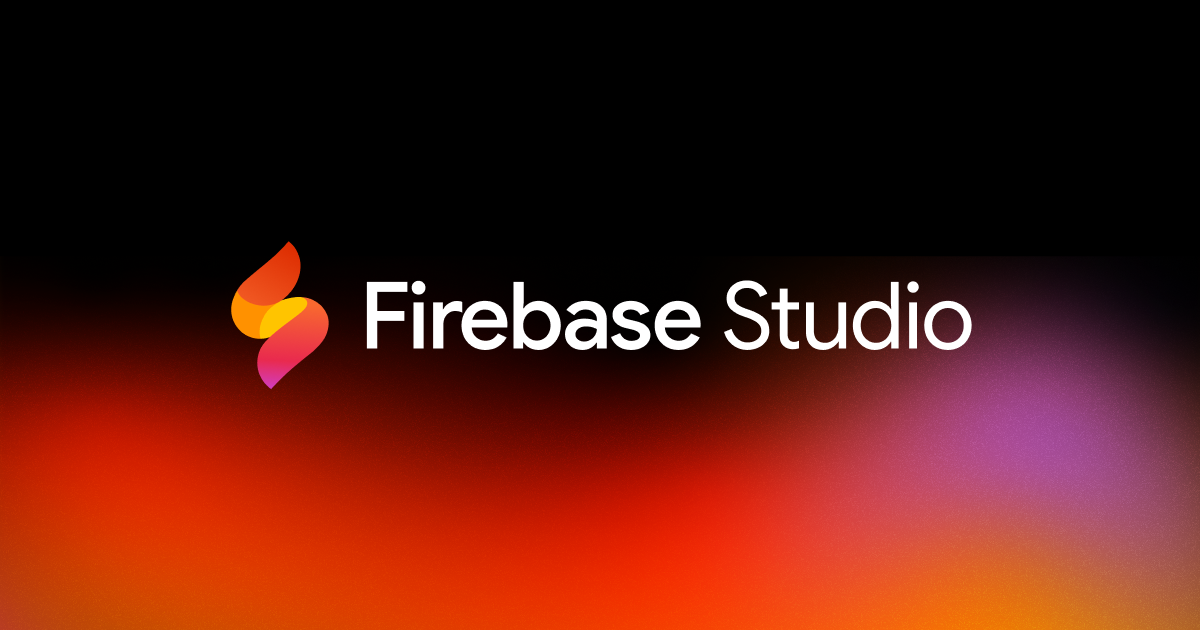
Google has officially released a series of updates to Firebase Studio aimed at expanding its AI development capabilities and deepening integration with popular frameworks and Firebase services.
For your information, the released features were unveiled at I/O Connect India.
At the core of the update are AI-optimised templates for Flutter, Angular, React, Next.js, and general Web projects. These templates enable developers to build applications in Firebase Studio using Gemini, Google’s AI assistant, with the workspace defaulting to an autonomous Agent mode.
“We’re unveiling new updates that help you combine the power of Gemini with these new features to go from idea to app using some of your favourite frameworks and languages,” said Vikas Anand, director of product management at Google.
Firebase Studio now supports direct prompting of Gemini to integrate backend services. Developers using App Prototyping Agent or an AI-optimised template can simply describe the desired functionality, and Gemini will recommend and incorporate relevant Firebase services, including adding libraries, modifying code, and assisting with configuration.
“You can get assistance from Gemini to help you plan and execute tasks independently without waiting for step-by-step approval,” said Jeanine Banks, vice president and general manager, Developer X at Google.
AI News
Nvidia, AMD to Resume AI Chip Sales to China in US Reversal
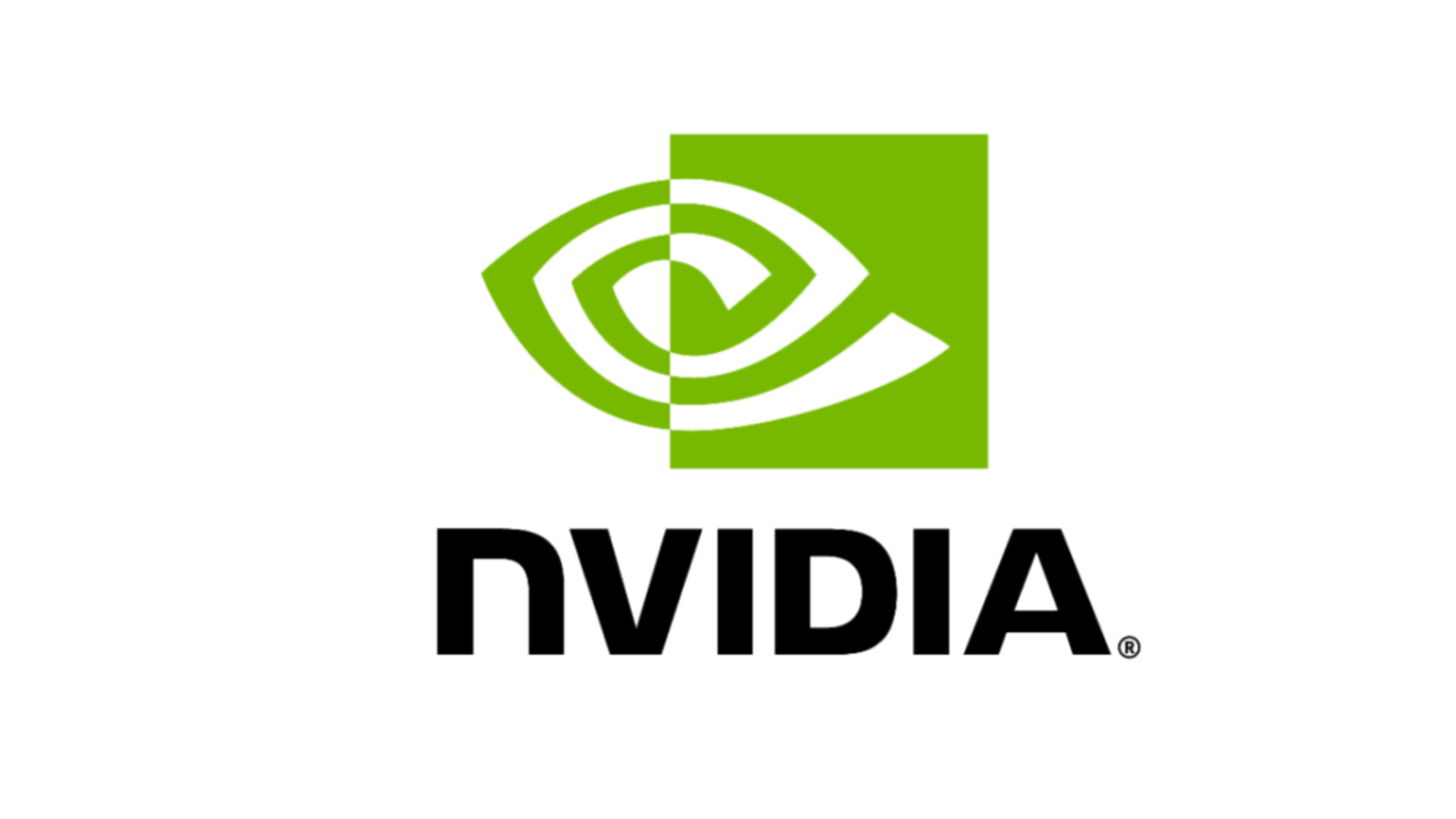
Nvidia reportedly plans to resume sales to China that’s become part of a global race pitting the world’s biggest economies against each other. The company’s announcement on Monday comes after Nvidia CEO Jensen Huang met with President Donald Trump at the White House last week.
AMD AI Chip Plan For China
AMD also planning to restart sales of its AI chips to China. “We were recently informed by the Department of Commerce that license applications to export MI308 products to China will be moving forward for review,” the company said in a statement to CNN. “We plan to resume shipments as licenses are approved. We applaud the progress made by the Trump Administration in advancing trade negotiations and its commitment to US AI leadership.”
Treasury Secretary Scott Bessent told Bloomberg in an interview Tuesday that the Nvidia export controls have been a “negotiating chip” in the larger US-China trade talks, in which the two countries have made a deal to lower tariffs charged on one another.

The same day Commerce Secretary Howard Lutnick said that the resumption of Nvidia’s AI chip sales to China was part of the trade agreement with Beijing on rare earths. “We put that in the trade deal with the magnets,” he told Reuters, referring to rare earth magnets.
“In order for America to be the world leader, just like we want the world to be built on the American dollar, using the American dollar as a global standard, we want the American tech stack to be the global standard,” Huang told CNN’s Fareed Zakaria in an interview that aired Sunday. “We love that the internet is created by American technology and is built on American technology, and so we should continue to aspire to that.”

 AI News4 months ago
AI News4 months agoTurn Photos into Videos Using Google Gemini AI

 AI News4 months ago
AI News4 months agoApple New AI Model Can Detect Pregnancy With 92 percent

 AI Tools3 months ago
AI Tools3 months agoIs This Simple Note-Taking App the Future of AI?

 AI News3 months ago
AI News3 months agoOpenAI has now restored the services after outage

 AI News4 months ago
AI News4 months agoGoogle bringing ads to AI Overviews in India

 AI News3 months ago
AI News3 months agoGoogle Extends Its Free AI Pro Plan with Gemini 2.5 Pro

 AI News4 months ago
AI News4 months agoGoogle hires Windsurf execs in $2.4 billion deal

 AI News3 months ago
AI News3 months agoGoogle Expands Firebase Studio with AI Tools for Popular Frameworks



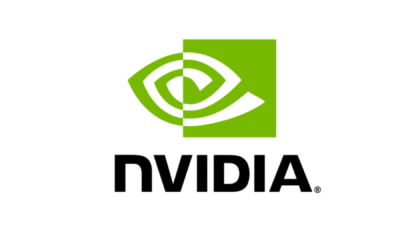



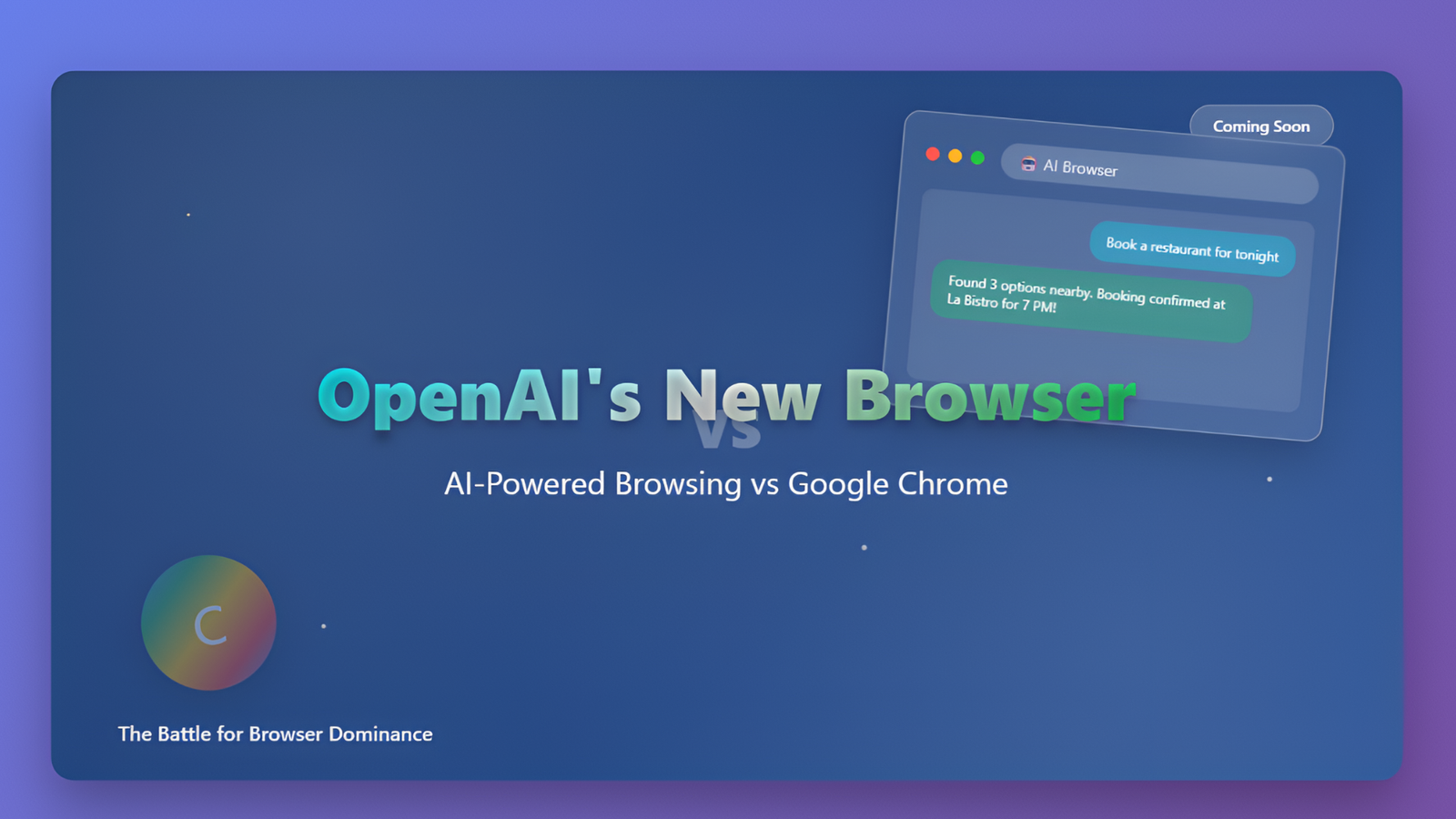
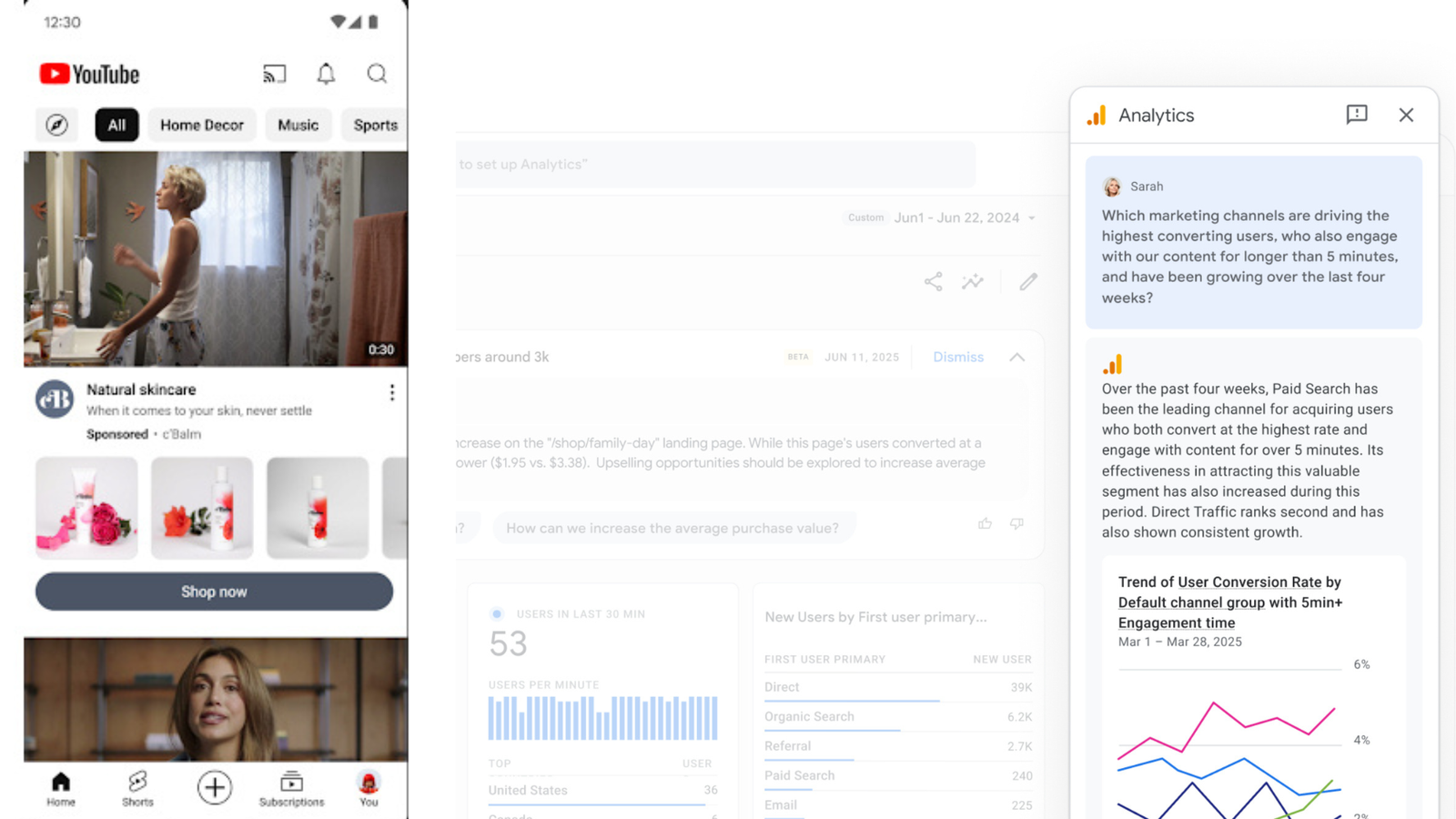


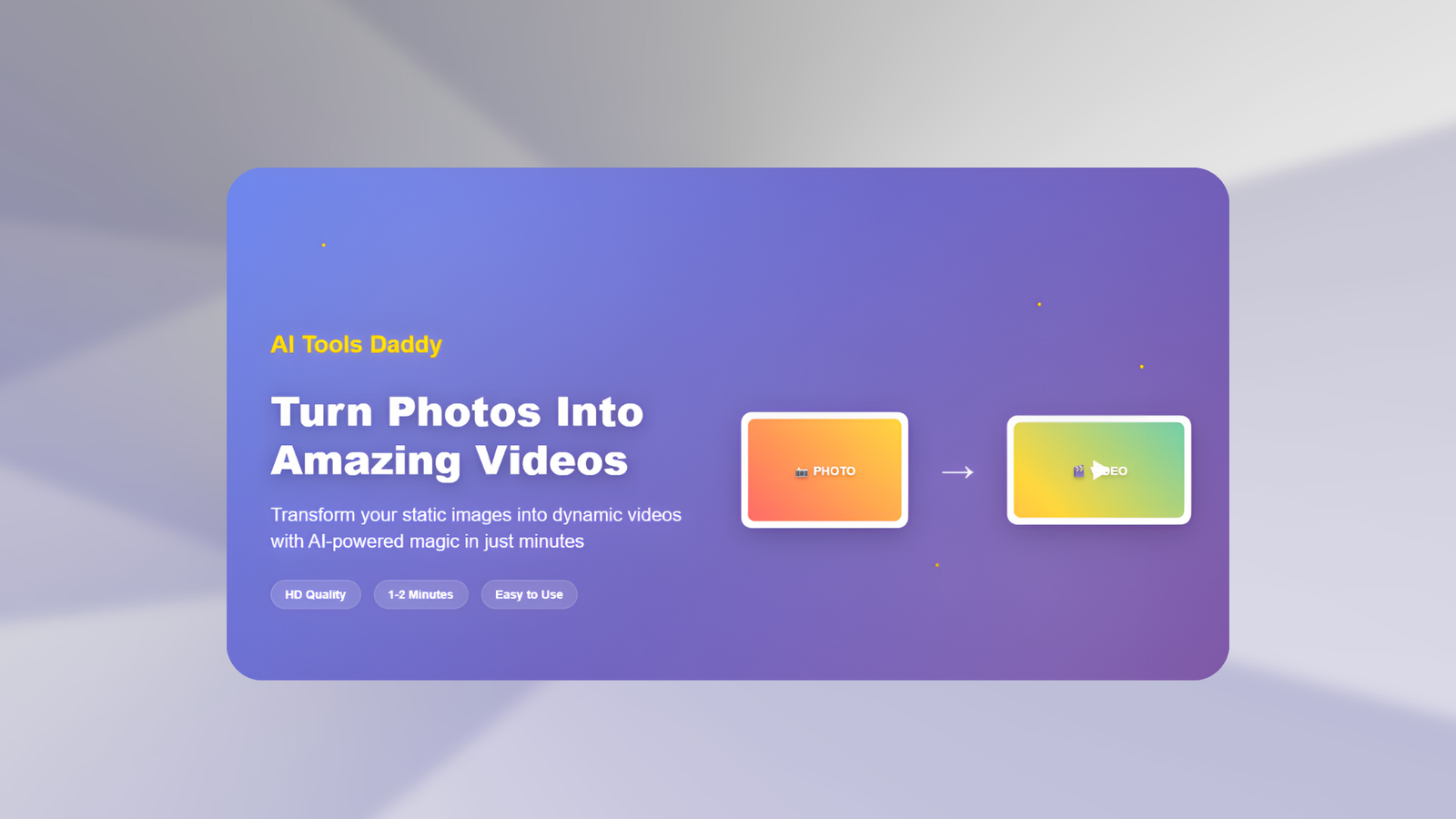

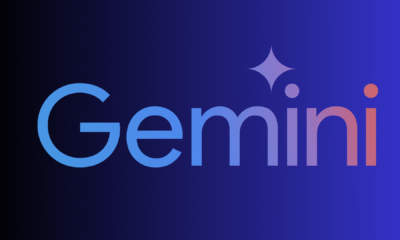


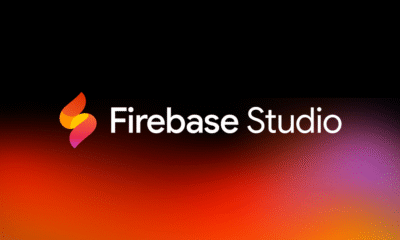
Pingback: How to Turn Off Microsoft AI Features - AI Tools Daddy